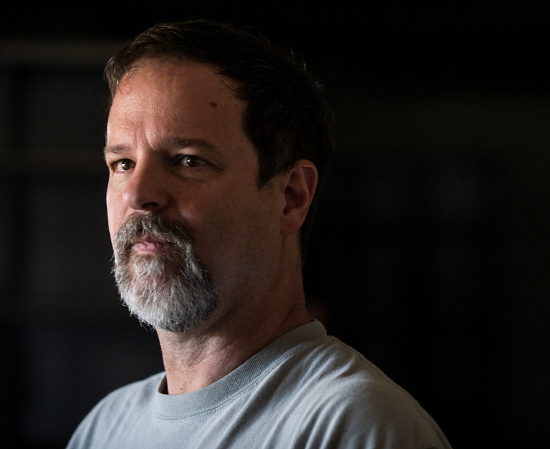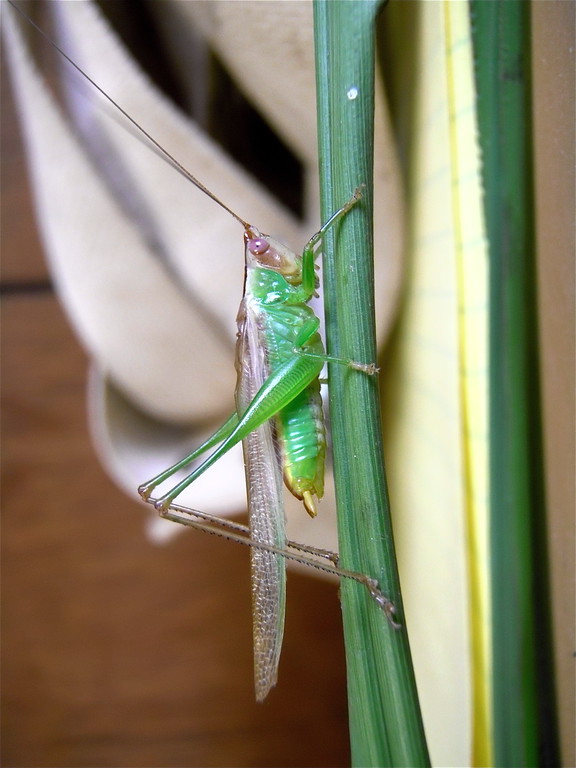Projects Include Grassland Ecology, Houston-Area Climate, Geophysics
The University of Houston is an urban university, set just a few miles from downtown in the nation’s fourth largest city. But the University also is home to a large stretch of coastal prairie, a conservation site supporting environmental research to preserve and restore the delicate coastal ecosystem.
 Steve Pennings, a professor of biology and biochemistry in the College of Natural
Sciences and Mathematics, is director of the newly designated Texas Institute for
Coastal Prairie Research and Education. Texas Gov. Greg Abbot earlier this month signed legislation designating the UH Coastal
Center as the Texas Institute for Coastal Prairie Research and Education, formally
establishing its role in studying coastal prairies and their restoration and in sharing
that knowledge.
Steve Pennings, a professor of biology and biochemistry in the College of Natural
Sciences and Mathematics, is director of the newly designated Texas Institute for
Coastal Prairie Research and Education. Texas Gov. Greg Abbot earlier this month signed legislation designating the UH Coastal
Center as the Texas Institute for Coastal Prairie Research and Education, formally
establishing its role in studying coastal prairies and their restoration and in sharing
that knowledge.
The recognition builds on work decades in the making, starting when UH acquired nearly 1,000 acres 35 miles south of the Third Ward campus. The land is part of the former Camp Wallace military installation and offers facilities and field sites for work – by UH faculty and students, as well as those from other institutions – in areas ranging from air quality to geophysics, climate change and wetland ecology. Steven Pennings, professor of biology and biochemistry and director of the center, offered an update on activities there.
The coastal center has operated a little under the radar since the land was acquired by UH in the 1960s. What is happening there now?
There are about 10 faculty from UH and about 20 from other institutions doing research there. Current projects include studies on grassland ecology (the effects of micronutrients on grassland plants and herbivores, effects of grasshopper diversity on grassland plants, ecology of Chinese tallow invasion, interactions between plants and soil microbes, mangrove expansion on the Texas coast), experimental evolution (hybridization in sunflowers), micrometeorology (climate of the Houston area, air pollution, behavior of grassland fires) and geophysics (subsidence, seismic sensing techniques).
What about students?
 Students and faculty, from UH and other institutions, use the nearly 1,000-acre space
for work in coastal ecology and other disciplines. About 10 classes use the UH Coastal Center for field activities. Most are from the
Departments of Biology and Biochemistry and Earth and Atmospheric Sciences. The Gerald
D. Hines College of Architecture and Design will use it as a field laboratory for
a planned master’s degree program in sustainable urban systems, and we can see increased
use by the Cullen College of Engineering and the College of Technology. Two oil companies
operate there, and we see the potential for partnerships there.
Students and faculty, from UH and other institutions, use the nearly 1,000-acre space
for work in coastal ecology and other disciplines. About 10 classes use the UH Coastal Center for field activities. Most are from the
Departments of Biology and Biochemistry and Earth and Atmospheric Sciences. The Gerald
D. Hines College of Architecture and Design will use it as a field laboratory for
a planned master’s degree program in sustainable urban systems, and we can see increased
use by the Cullen College of Engineering and the College of Technology. Two oil companies
operate there, and we see the potential for partnerships there.
How do the drilling operations affect those classes and research projects?
The oil company operations are focused in limited areas, so they don't really affect our use of most of the property, but they do provide an excellent opportunity for us to develop relationships with the companies that could benefit students interested in topics related to petroleum engineering.
What’s next for the center? What’s on your wish list?
We would like to continue to increase use of the coastal center for research, education and service. We'd like to restore some of the grassland there that has been invaded by Chinese tallow trees. Our wish list ranges from large (a $2 million endowment that would support daily operating costs), to medium (improved field equipment and facilities) to smaller items (summer or academic-year scholarships for undergraduate and graduate students).
- Jeannie Kever, University Media Relations